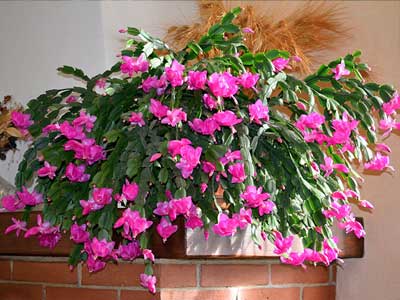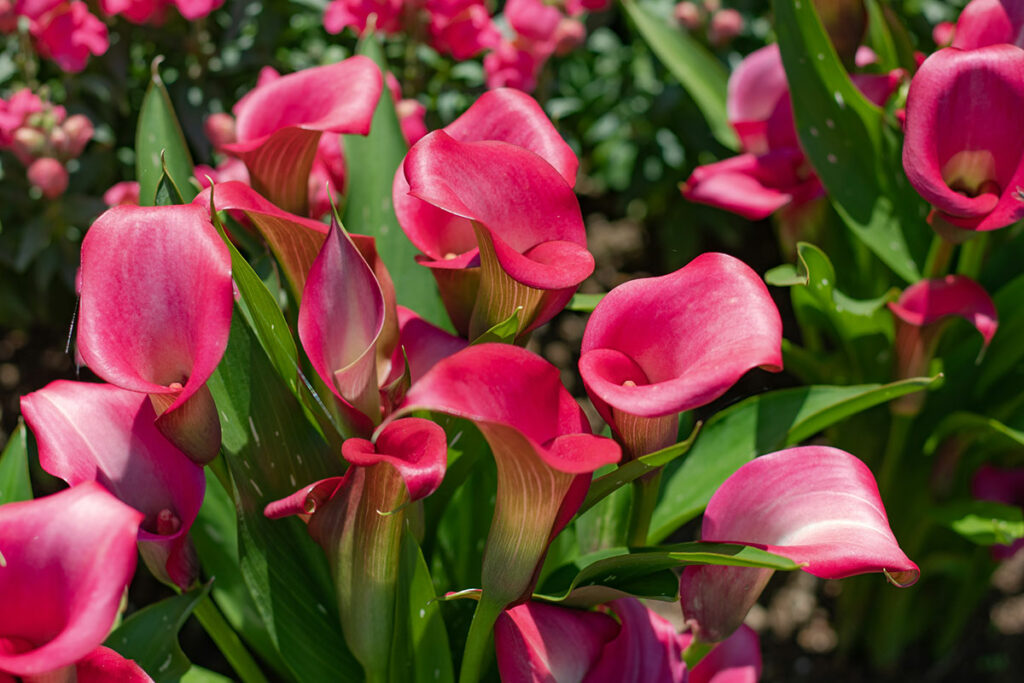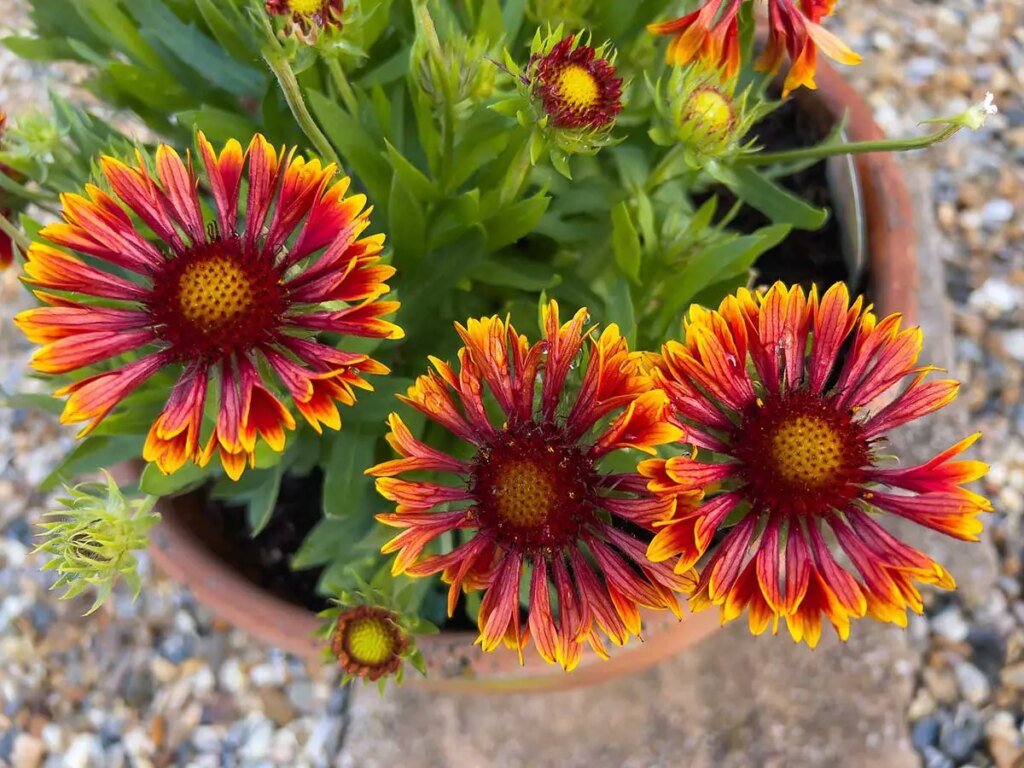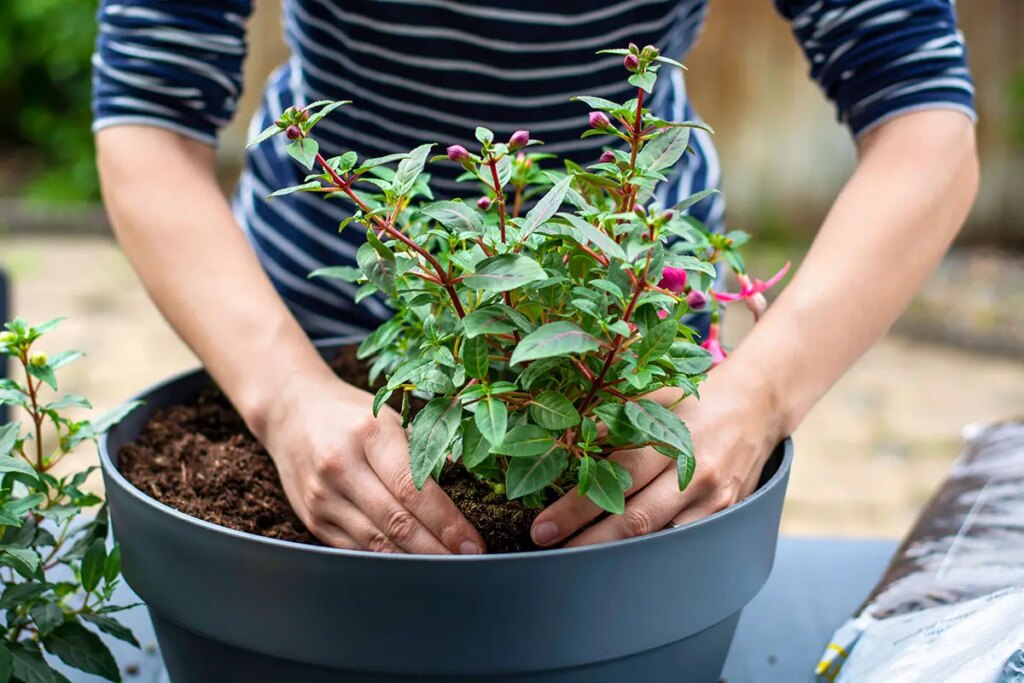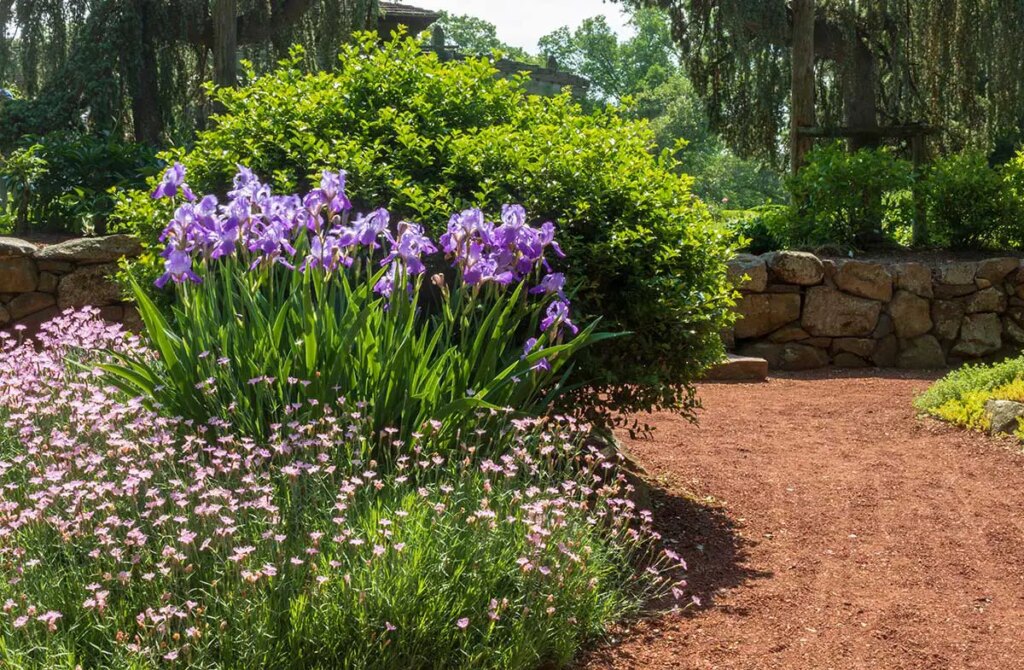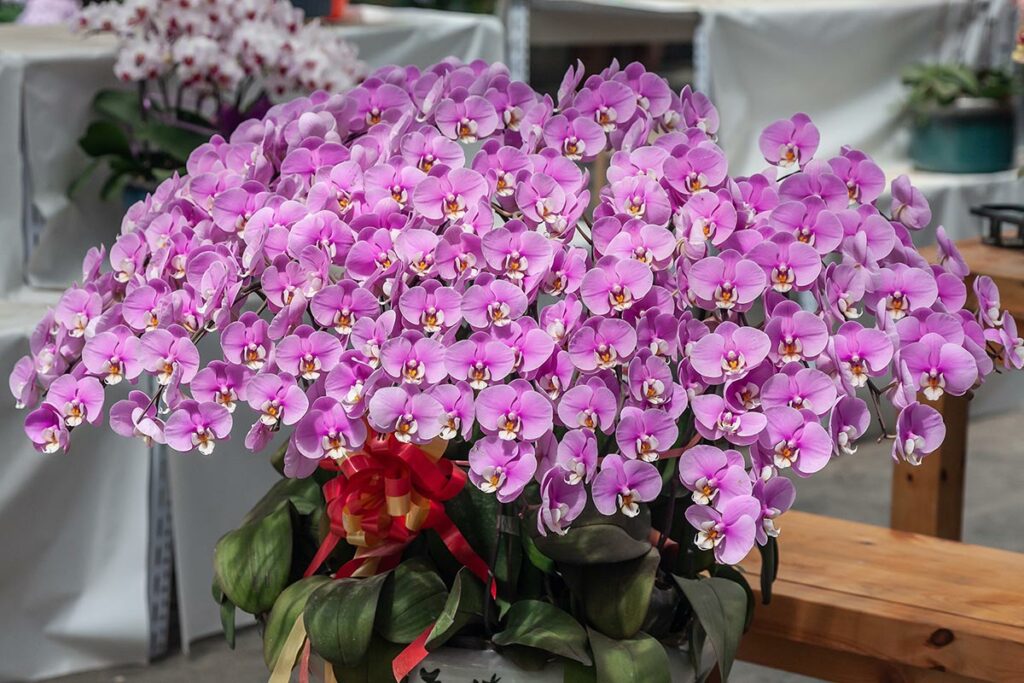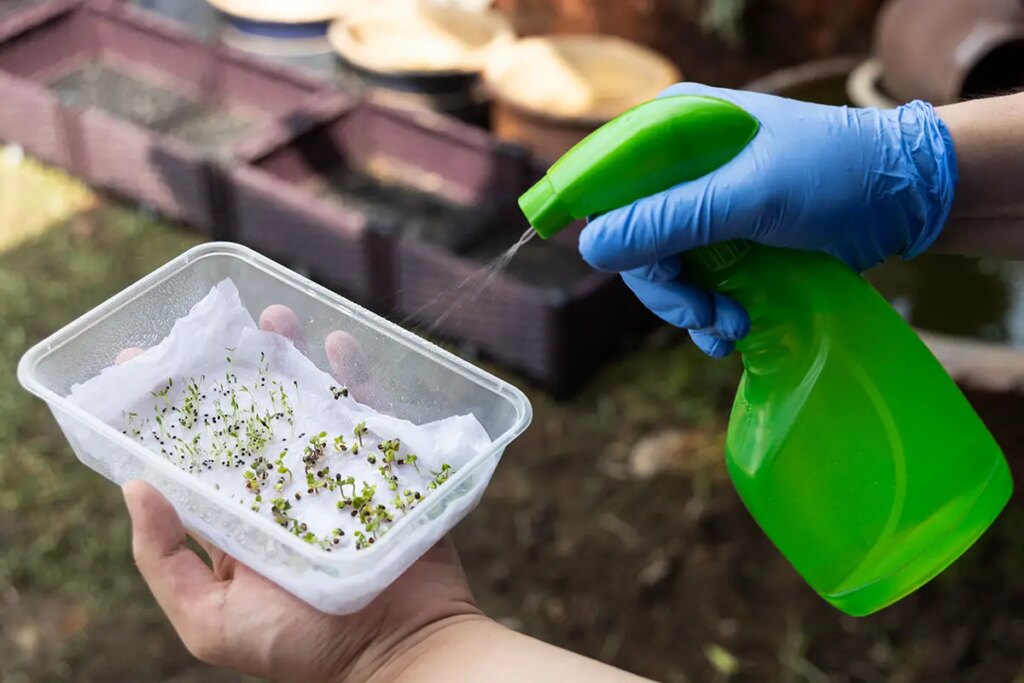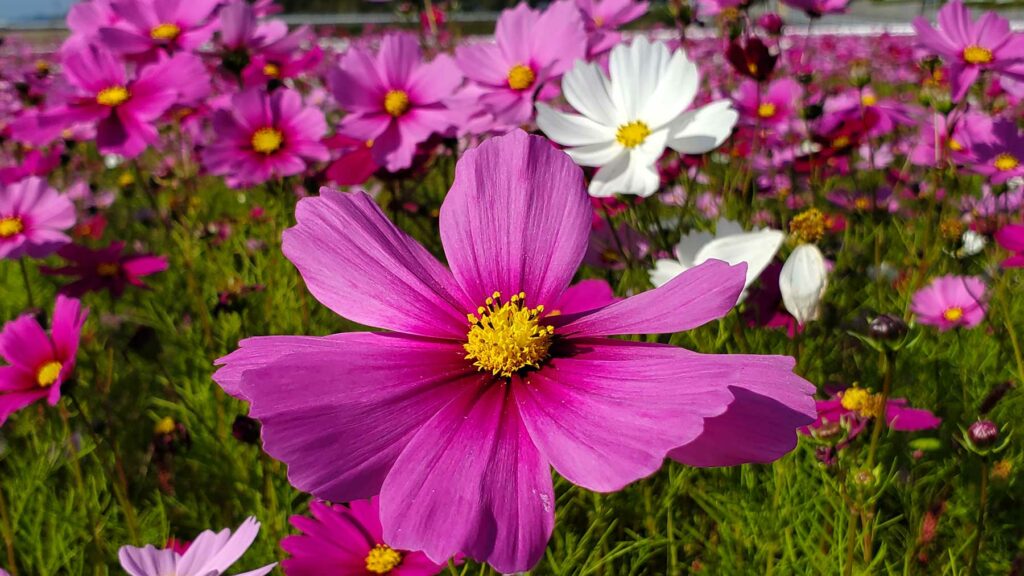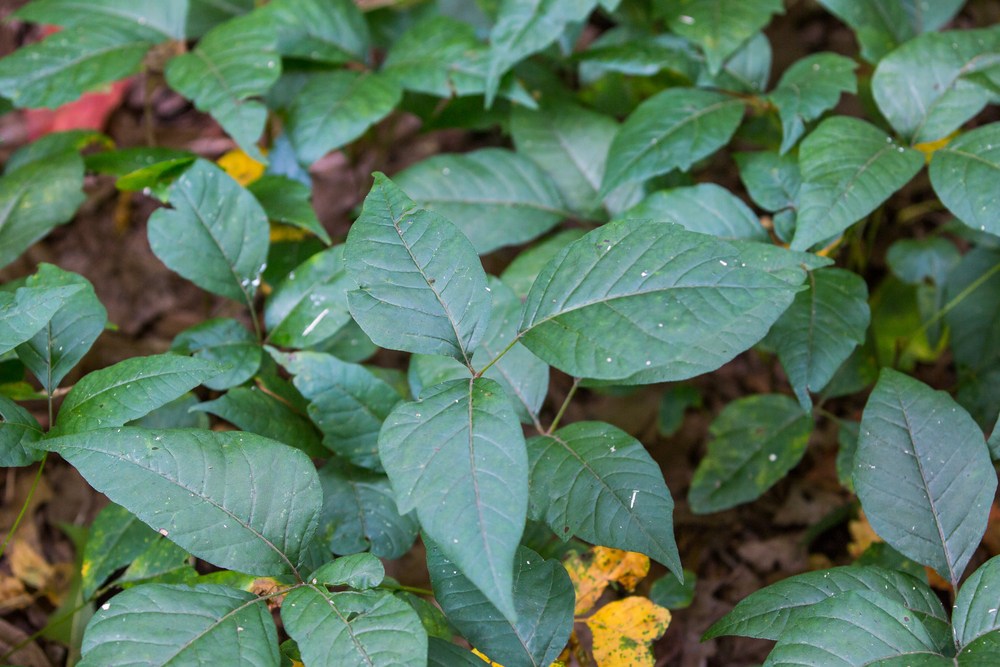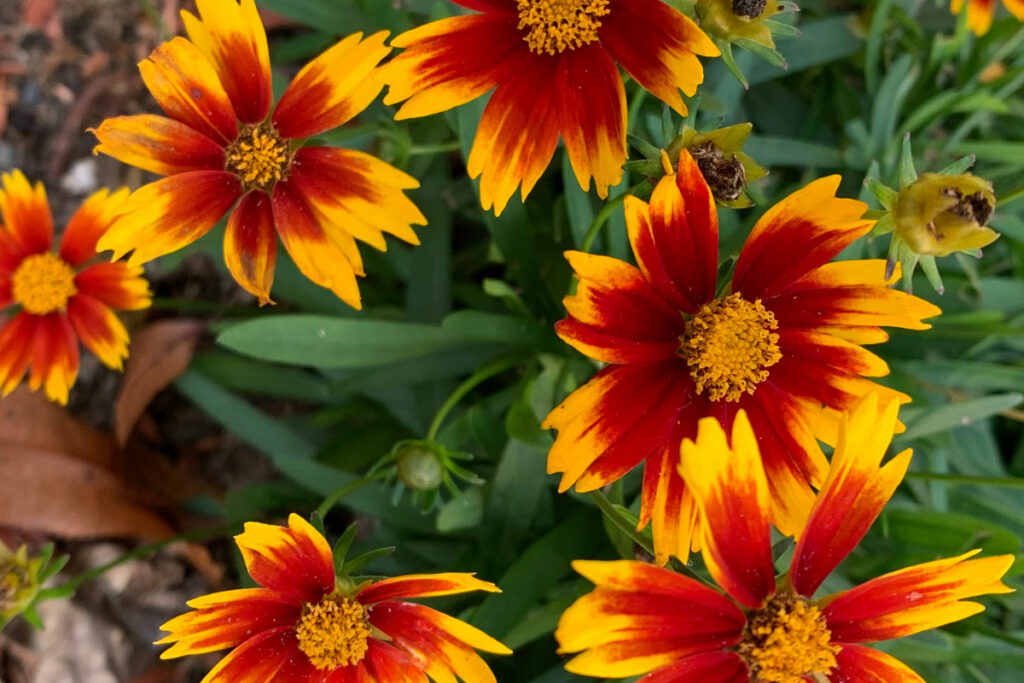
Coreopsis, with its vibrant colors and long-lasting blooms, can be one of the best accentuating flowers in your garden. As a perennial plant, this versatile flower brings life to any outdoor space and can become especially stunning with continuous care and proper maintenance.
This article will provide you with helpful tips on how to keep your Coreopsis blooming all summer long!
To start, selecting the right variety for your garden is crucial in making sure Coreopsis thrives. Various types of Coreopsis have different needs when it comes to sun exposure, soil, and water requirements.
By choosing the most suited type for your garden’s conditions, you have already made the first step towards ensuring the long blooming season of your flowers.
Once you have planted the ideal Coreopsis in your garden, maintaining the right balance of sunlight, water, and soil nutrients is essential for vibrant blooms throughout the summer.
Regular care, such as deadheading and fertilizing, will help your flowers stay healthy and produce non-stop blossoms for months on end.
Follow along as we guide you through the process of nurturing and maintaining your Coreopsis.
Choosing the Right Coreopsis Varieties
When planning your garden, selecting the right Coreopsis variety is essential for keeping these cheerful blooms around all summer long.
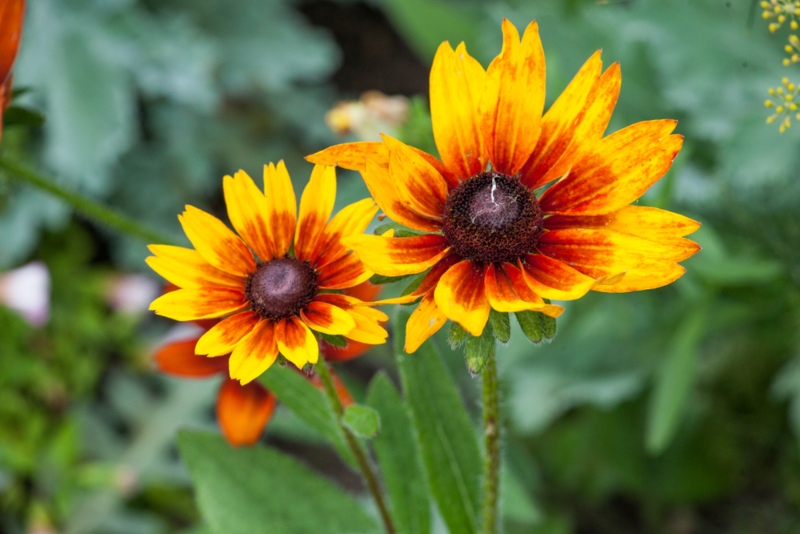
Let’s explore the perennial and annual species that can be incorporated into your garden to achieve the desired effect.
Perennial Species
Perennial Coreopsis varieties are perfect if you want to enjoy their beauty throughout the years. Remember, these plants will come back each year. Some of the popular perennial types include:
- Coreopsis verticillata: Also known as threadleaf coreopsis, this species is known for its fine, lacy foliage and bright yellow flowers. It is low-maintenance, drought-resistant, and perfect for borders.
- Coreopsis grandiflora: With its big, golden-yellow flowers, this variety is a show-stopper. It blooms at least twice a year and needs only moderate watering and well-draining soil.
- Coreopsis rosea: This less common variety features pink flowers and makes a lovely contrast with the yellow-flowering species. It needs consistently moist soil and can tolerate partial shade.
Annual Species
Annual Coreopsis varieties, though they only last one season, can be a great addition to your garden. Some of the favorites include:
- Coreopsis tinctoria: This attractive annual boasts maroon-centered, golden-yellow flowers. It is often called the “golden tickseed” and can grow up to 3 feet tall. It thrives in most soil types and is drought-tolerant.
- Coreopsis auriculata: Another yellow-flowering annual, this variety is known for its unique lobed leaves resembling ears. It grows well in full sun and moderately moist soil.
Remember, when choosing your Coreopsis varieties, consider factors such as sun exposure, soil type, and water requirements to ensure they will thrive in your garden’s conditions.
With the right selections, you can enjoy colorful blooms from these sun-loving plants all summer long.
Optimal Planting Conditions
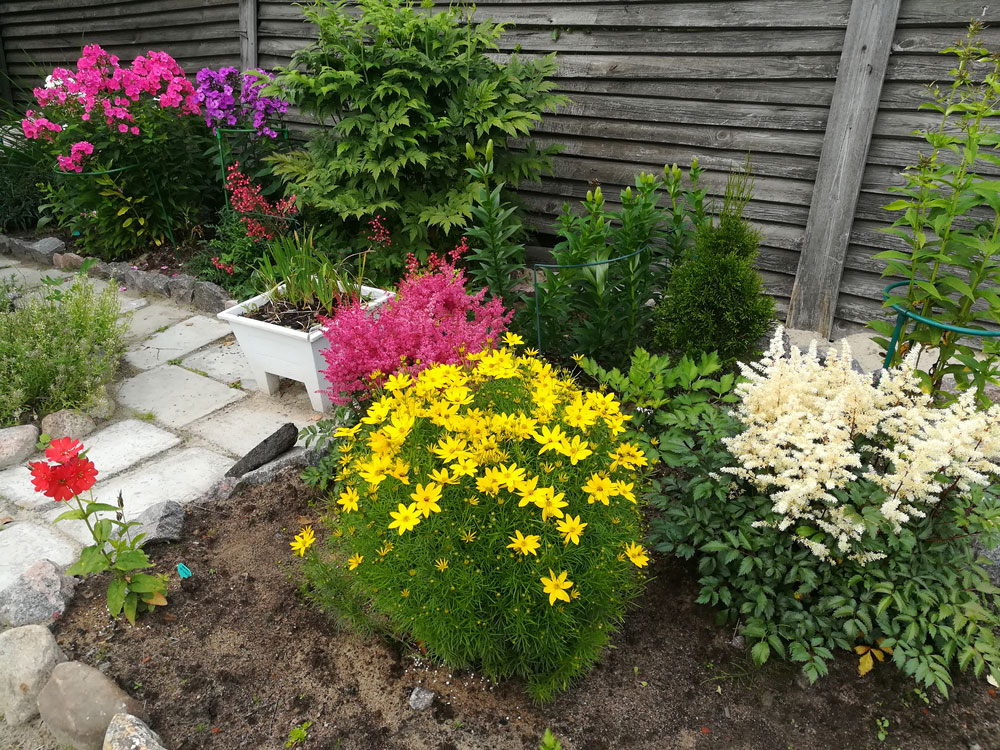
Location
To ensure your Coreopsis blooms all summer long, choose a location that receives full sun. Aim for at least 6 hours of sunlight every day.
If you live in a hotter climate, providing some afternoon shade can help protect your plants from extreme heat.
Soil
Your Coreopsis will thrive best in well-draining soil. Although these resilient plants can tolerate various soil types, they prefer slightly acidic to neutral soil with a pH between 5.5 and 7.0.
Incorporating compost or organic matter into your garden bed can improve soil quality and promote healthy growth.
Remember to provide adequate spacing between plants, around 12-18 inches apart, to accommodate their growth and ensure proper air circulation.
This helps prevent diseases and allows your Coreopsis to flourish throughout the summer months.
Proper Care and Maintenance
Watering
Initially, water your Coreopsis plants deeply once a week to help their roots establish.
Afterward, you can water them every 10 days or so, depending on your region’s climate.
Remember to check on your plants, and if the soil starts to dry out, adjust your watering schedule to keep the soil consistently moist.
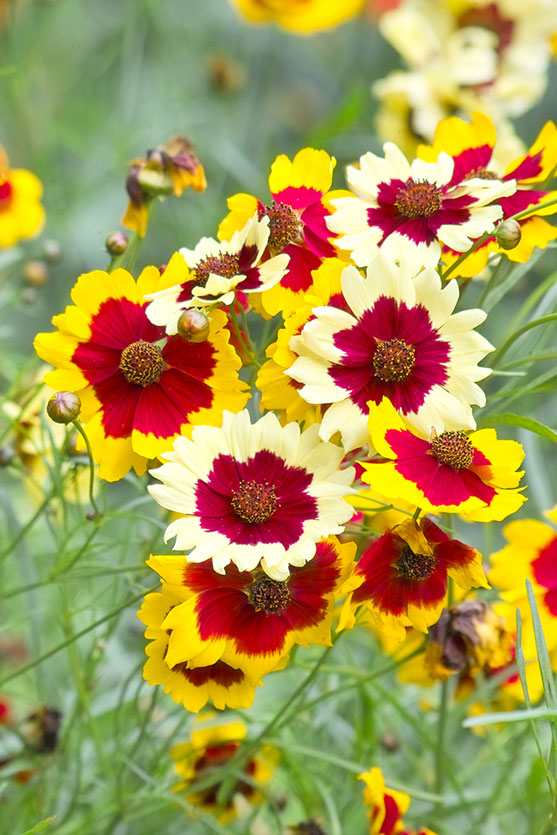
Fertilizing
Applying a balanced fertilizer, such as a 10-10-10 formula twice in the growing season, will provide your Coreopsis plants with the nutrients they need to bloom all summer long.
Fertilize once in the early spring and again in mid-summer. Avoid over-fertilizing, as it can lead to excessive growth and fewer blooms.
Maximize Blooming By Deadheading
To maximize blooming in your Coreopsis plants, it’s crucial to remove spent flowers – a process called deadheading.
This will encourage new buds to form and extend the plants’ blooming period. Regularly inspect your Coreopsis and, using sharp and clean pruning shears, trim off any dead or fading flowers.
By following these straightforward guidelines on watering, fertilizing, and deadheading, you’ll be well on your way to enjoying a long-lasting display of vibrant Coreopsis flowers throughout the summer.





